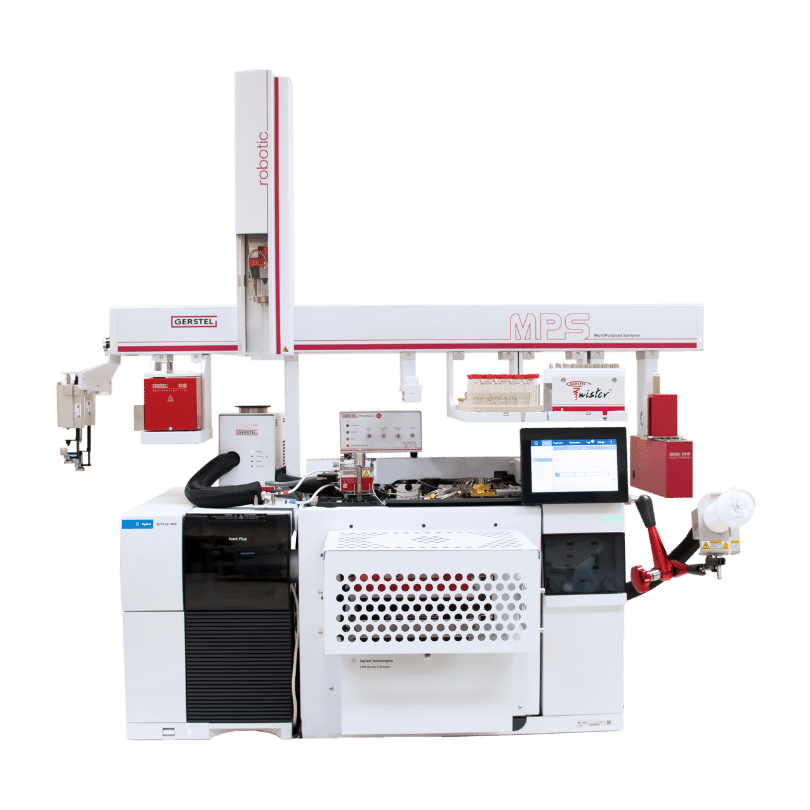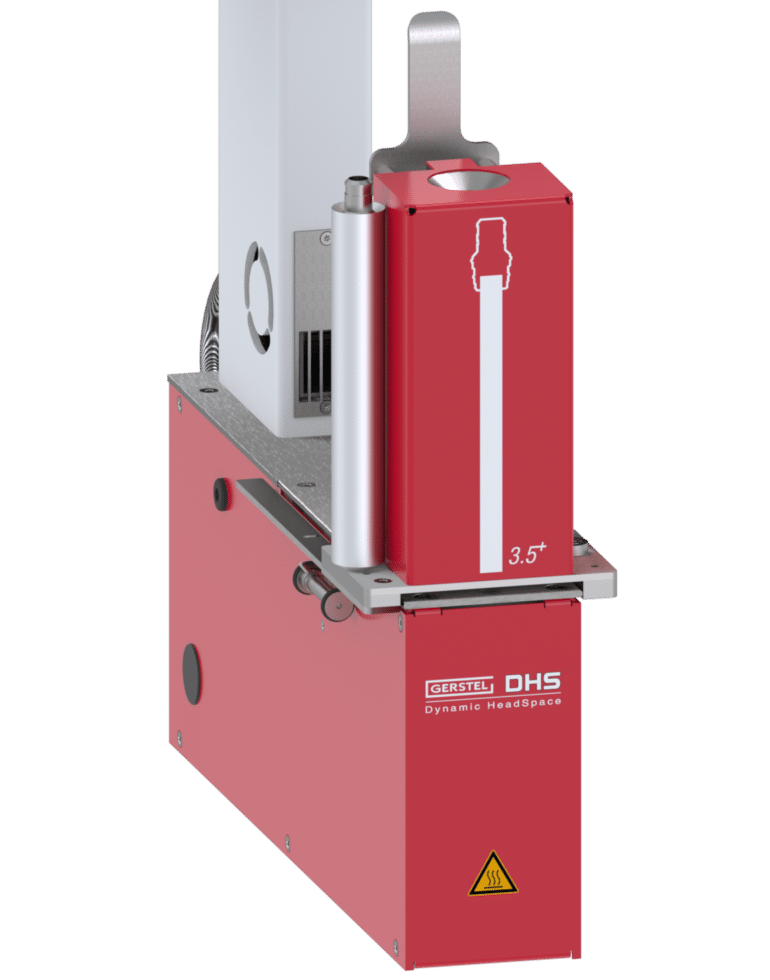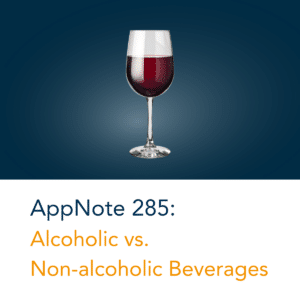GCxGC vs. GC-GC: An Analogy
Imagine you’ve just walked into a bakery. The air is filled with the scent of vanilla, caramelized sugar, and freshly baked bread. Now imagine trying to identify each of those delicious aromas while standing in a crowded food court, where you’re also bombarded with the smells of stir-fry, popcorn, and hot dogs.
That’s what it’s like comparing GC×GC and GC-GC for detecting sensory-active compounds.

GCxGC – Comprehensive, But Not Always Practical
GCxGC, also known as comprehensive two-dimensional GC, is a chromatographic technique designed to improve the separation of complex samples by utilizing two columns with different stationary phases separated by a modulator. The modulator traps the first column effluent and injects small portions of it into the short second column at regular intervals, typically every few seconds, resulting in a very fast second dimension separation. The data is visualized as a contour plot, where peaks are plotted by retention time on each column and signal intensity. Hundreds of previously unseen compounds are separated and can be easily grouped by chemical class based on the patterns within the plot. However, due to the intricacy of the resulting chromatogram, data analysis becomes complex and often requires deconvolution with specialized software. While GCxGC provides a wealth of information, hunting down specific bakery aromas can get lost in the complexities of the food court smells.
Limitations:
Rapid modulation leads to rapid elution – olfactometry in the second dimension is impossible
Deconvolution cannot identify sensory-active compounds – without olfactometry, you cannot confirm odor impact

GC-GC – The Right Approach for
Sensory Directed Analysis
GC-GC is a two-dimensional GC technique where selected portions of the sample, or heart-cuts, are sent to the second, orthogonal column for additional separation. This can be accomplished with a 1D/2D-Gas Chromatography-Olfactometry/Mass Spectrometry (1D/2D-GC-O/MS) instrument that allows the analyst to seamlessly switch between standard single-dimensional separation and heart-cutting using the second dimension. When a sample is separated in the first dimension, the analyst can target specific odors using the Olfactory Detection Port (ODP 4) with simultaneous mass spectrometry detection. If coelution occurs, that region is selectively heart-cut to the second dimension of dissimilar phase for enhanced separation. The separated compounds can then again be simultaneously detected by the mass spectrometer and ODP 4 to identify sensory-active compounds. With this approach, you’re not just walking into the bakery, you’re selecting the exact vanilla cake that’s creating the standout aroma, even amid a complex background of scents.
Advantages:
Heart-cutting isolates only relevant regions – reducing data complexity and interpretation time
Fully compatible with GERSTEL’s ODP – ensuring continuous, uninterrupted odor detection
Case Study: Determining Sensory-Active Compounds in Tuna Fish Products
To understand the practical power of 1D/2D-GC-O/MS, let’s consider a study (AppNote 243) on three tuna fish products: one real canned tuna and two plant-based tunas. During the initial sensory panel, the real tuna was described with aroma descriptors such as fishy, brothy, and meaty. In contrast, the plant-based tuna fish products were described as beany, vegetal, grainy, and seaweed-like. Figure 1 shows the chromatographic and olfactory data obtained using GERSTEL’s Dynamic Headspace (DHS) module and a selectable 1D/2D-GC-O/MS, with relevant odor regions marked in blue.
power of 1D/2D-GC-O/MS, let’s consider a study (AppNote 243) on three tuna fish products: one real canned tuna and two plant-based tunas. During the initial sensory panel, the real tuna was described with aroma descriptors such as fishy, brothy, and meaty. In contrast, the plant-based tuna fish products were described as beany, vegetal, grainy, and seaweed-like. Figure 1 shows the chromatographic and olfactory data obtained using GERSTEL’s Dynamic Headspace (DHS) module and a selectable 1D/2D-GC-O/MS, with relevant odor regions marked in blue.
2D Heart-Cutting
In the overlayed chromatogram for the real canned tuna fish, an important odor region described as fishy could not be correlated with a sensory-active compound because coelution prevented identification in the first dimension. To resolve this, the region was heart-cut to the second dimension for enhanced separation, as shown in Figure 2. Not only was the peak effectively separated and identified as trimethylamine, but the odor was also confirmed in real time.Conclusion – It’s About What You Can Smell!
While GCxGC and GC-GC offer powerful separation capabilities, they serve very different purposes—especially when sensory evaluation is part of the workflow. The table below breaks down some of those distinctions:
If you aim to identify sensory-active compounds, the GERSTEL selectable 1D/2D-GC-O/MS is the superior solution. It allows analysts to enhance the separation of selective regions while maintaining the ability to evaluate odors at the ODP. GCxGC is valuable for complex data but is not practical for sensory work. The rapid modulation prevents the effluent from being perceived by the human nose. Furthermore, deconvolution does not determine whether a compound is sensory-active.



